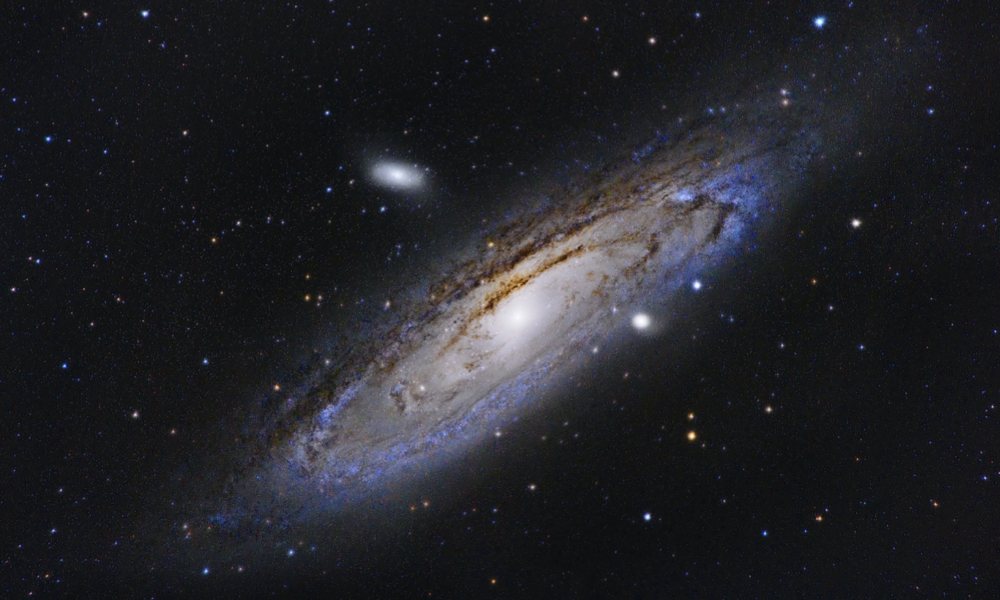
ESA Open Invitation to Tender AO10339
Open Date: 04/08/2020
Closing Date: 13/11/2020 13:00:00
Status: ISSUED
Reference Nr.: 20.1TF.01
Prog. Ref.: Future Prep 4.0.1
Budget Ref.: E/0501-01D – Future Prep 4.0.1
Special Prov.: BE+DK+FR+DE+IT+NL+ES+SE+CH+GB+IE+AT+NO+FI+PT+GR+LU+CZ+RO+PL+HU+CA
Tender Type: C
Price Range: 200-500 KEURO
Products: Satellites & Probes / Payloads / Instruments / RF and microwave Instruments / Other (Scatterometers,..)
Technology Domains: RF Systems, Payloads and Technologies / Telecommunication Systems/Subsystems / Telecom System Engineering Tools
Establishment: ESTEC
Directorate: Directorate Telecom & Integrated Applica
Department: Telecom Technologies,Product&Systems Dep
Division: Future Projects Division
Contract Officer: Piesche, Claudia Ria
Industrial Policy Measure: N/A – Not apply
Last Update Date: 04/08/2020
Update Reason: Tender issue
There is growing interest in the potential benefits from combining different space applications into one platform or spacecraft, e.g. systems combining Telecom services with Earth Observation or Navigation functionality (or any other space application). With the Satcom sector traditionally dominated by missions to geostationary orbit and focused on either broadcasting, fixed or mobile data services, there have historically been relatively few opportunities for such an approach, but with the anticipated growth of Satcom systems deployed to NGSO and the diversity of size and scope of GEO satellite solutions, increased opportunities are likely. The mostobvious benefits accrue from sharing payload service functions such as accommodation area, power generation, thermal control, AOCS,TTC, and propulsion, as well as operations and launch services. A next (and potentially more productive) step would be to identifymissions from diverse application fields wherein payloads may have synergistic functions. For example, the need to distribute accurate timing and synchronisation signals for communications networks (a function effectively combining Navigation system capabilities with Satcom system elements), or EO payloads with in-built data processing and routing capability forming an integrated part of acommunications constellation. The upstream integration of space applications could also spawn benefits from cross-fertilisation between different application domains, and avoid the development of technologies in isolation, as is currently often the case. Such combined systems would undeniably present programmatic and commercial challenges as well as the obvious technical ones, but consideringspace applications in isolation could ultimately become an outdated paradigm, with the Platform as a Service becoming the default scenario. The proposed activity would therefore seek to identify candidate mission profiles, define initial architectural concepts, and identify follow-on development and study activities. Current commercial initiatives intending to offer Platform/Payload/Ground segment as a Service will be identified and investigated, in addition to any currently planned missions that intend to exploit some degree of integration of space applications. The upstream integration of space applications will be considered at system level (e.g.different space applications interacting with each other, re-using common spectrum allocations), at space segment level (e.g. seeking to combine payload and platform functions), at ground segment level (e.g. seeking synergies in the ground segment) and in theusersegment (e.g. by combining functions in end-user terminals). The activity will identify technical developments that are required inthe space, ground and user segments to implement such missions. Commercial considerations, cost benefits and the impact on existingbusiness models shall be identified and analysed. The primary outcome being an identification of promising mission conceptsthat exploit the synergies from combining satellite telecommunications with other space applications, accompanied by a roadmap thatdescribesthe required technical and non-technical developments to realise them.
If you wish to access the documents related to the Invitation to Tender, you have to log in to the ESA Portal.
